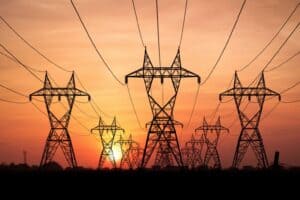The higher stages of load shedding are due to the imminent forced shutdown of two generating units.

Due to the imminent forced shutdown of two generating units, Eskom ramped up load shedding to stage 2 from Tuesday morning until the afternoon.
Eskom Crisis Communications manager Menzi Mngomezulu said stage 3 power cuts kick in at 4pm until 5am on Wednesday.
“This will be followed by stage 2 load shedding until 16:00. This pattern of implementing stage 2 load shedding in the morning and stage 3 load shedding in the evening will be repeated daily until further notice.
“Eskom will monitor the system and communicate should any significant changes occur,” Mngomezulu said.
Electricity generation
As Eskom continues its battle to keep the lights on, Electricity Minister Kgosientsho Ramokgopa labelled the performance of the parastatal’s power station in generating electricity over the past two weeks as a “major disappointment”.
ALSO READ: WATCH: Eskom losing thousands of megawatts due to lack of maintenance
Briefing the media on the updates of the energy action plan on Sunday, Ramokgopa said South Africa experienced frequent load shedding in recent times due to the unplanned capacity loss factor.
This meant generation units were failing at a much faster rate in the weeks preceding the two-week period.
“Part of the deterioration is that we have had a significant failure of a cluster of units at Eskom,” the minister told reporters.
Lack of maintenance
In August, Ramokgopa said Eskom was losing hundreds of thousands of megawatts of electricity due to a lack of consistent maintenance at some of its power stations.
The minister said the historical lack of maintenance of electricity infrastructure resulted in the underperformance of some power stations which could be adding capacity to the electricity grid.
“Significant amount of opportunity is giving us an EAF (Energy Availability Factor) of 40% and we know we can do significantly better because those units are big and 40% is an injustice on what the team is capable of achieving.”
Ramokgopa said the historical backlog is having a serious impact on the grid.
Additional reporting by Molefe Seeletsa






